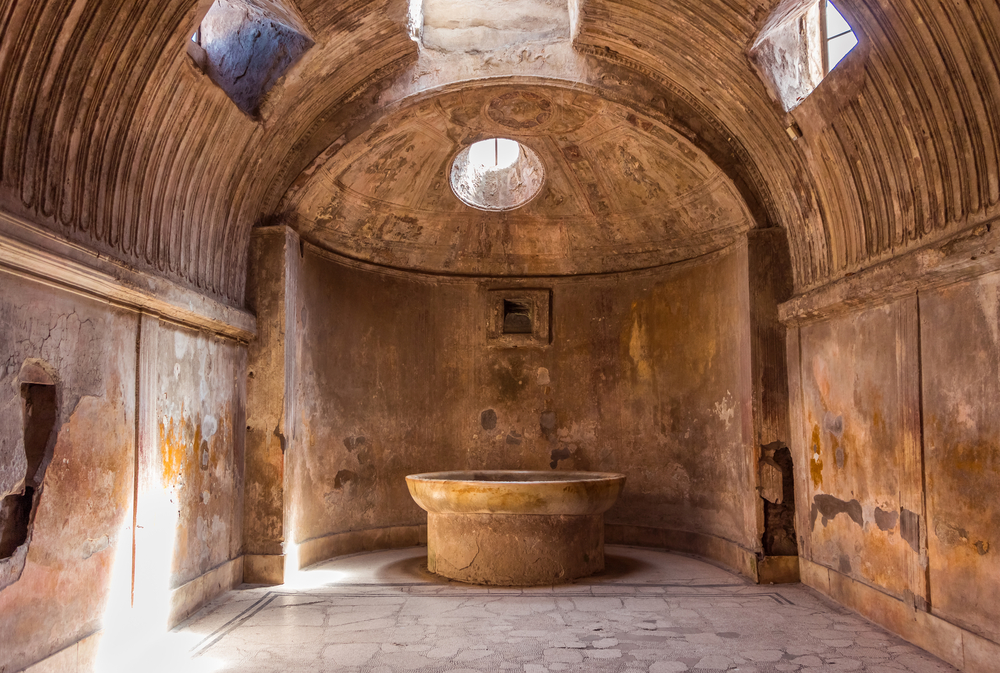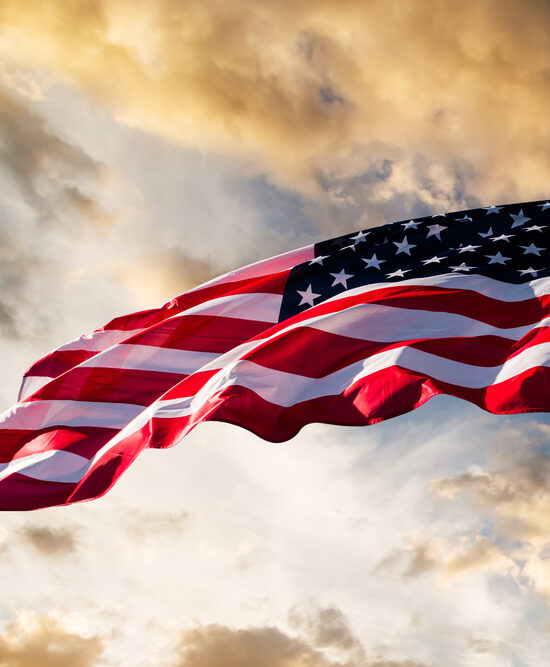
The Fascinating Origins of Spas
In our modern-day culture, spas have become synonymous with relaxation, rejuvenation, and self-care. But have you ever wondered where these havens of tranquility and wellness actually come from? The history of spas is a fascinating journey that spans cultures and millennia. In this blog post, we’ll delve into the origins of spas, tracing their evolution from ancient rituals to the modern wellness retreats we know today.
Ancient Beginnings
The concept of spa, derived from the Latin phrase “sanitas per aquam” (health through water), has its roots in ancient civilizations that recognized the therapeutic properties of water. Here are some notable examples:
- Roman Baths: The Romans are renowned for their elaborate bathhouses, which were not only places for cleansing but also for socializing and relaxation. These bathhouses featured hot, warm, and cold pools, as well as saunas and steam rooms.
- Greek Healing Temples: Ancient Greeks built temples dedicated to Asclepius, the god of healing, near natural springs. Pilgrims sought cures for various ailments by bathing in these healing waters and undergoing purification rituals.
Medieval European Spa Towns
During the Middle Ages, spa culture persisted in Europe, albeit with a different focus. The bathing rituals of ancient Rome and Greece gave way to the thermal baths and spa towns of medieval Europe. Monasteries often played a significant role in preserving and promoting spa traditions, emphasizing the healing properties of natural springs.
The Renaissance and the Age of Enlightenment
The Renaissance period witnessed a resurgence of interest in ancient spa traditions. European nobility and intellectuals frequented thermal spas, such as those in the Czech Republic and Hungary, believing in the therapeutic benefits of mineral-rich waters.
The Modern Spa Era
The 19th and 20th centuries saw the transformation of spas into more modern wellness destinations. Here are some key developments:
- Hydrotherapy: Pioneers like Vincent Priessnitz and Sebastian Kneipp developed hydrotherapy techniques, emphasizing the healing powers of water in various forms, including baths, compresses, and wraps.
- Resort Spas: Resorts in the United States, like Saratoga Springs and Hot Springs, Arkansas, capitalized on natural hot springs and turned them into popular spa destinations.
- The Rise of Destination Spas: In the latter half of the 20th century, destination spas that focused on overall well-being emerged. These retreats offered a range of services, from massages to fitness classes and stress management programs.
- Urban Day Spas: As people’s lives became busier, urban day spas gained popularity. These spas offer a range of treatments, often on a walk-in basis, making relaxation and self-care more accessible.
Modern Wellness Retreats
Today, spas have evolved into wellness retreats that cater to a holistic approach to health. These establishments focus not only on physical well-being but also on mental and emotional wellness. They offer a wide range of services, including massages, yoga, meditation, nutrition counseling, and mindfulness programs.
The journey of spas from ancient healing rituals to modern wellness retreats is a testament to the enduring human need for relaxation, rejuvenation, and self-care. Whether you’re soaking in a thermal spring, indulging in a massage, or practicing mindfulness in a serene spa setting, you’re participating in a tradition that spans centuries and cultures. Spas have come a long way, and their future is undoubtedly filled with innovation and continued dedication to well-being. Visit one of our beautiful Privai Spas or one of our Privai Partner Spas located throughout the United States.





